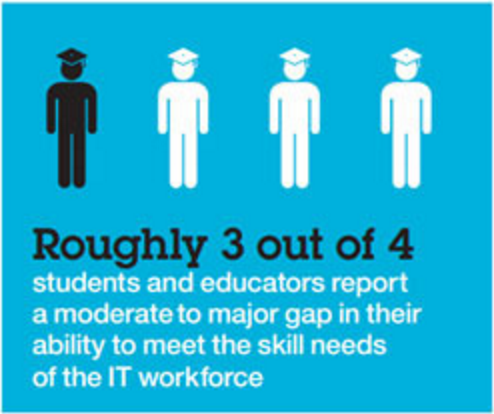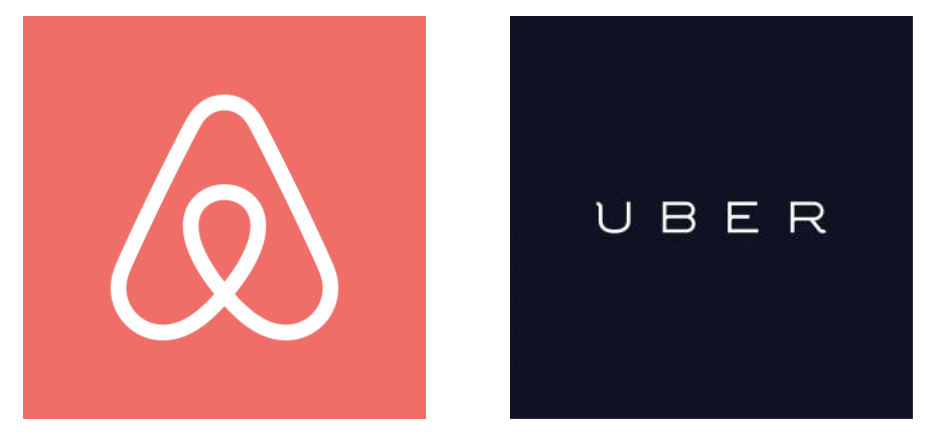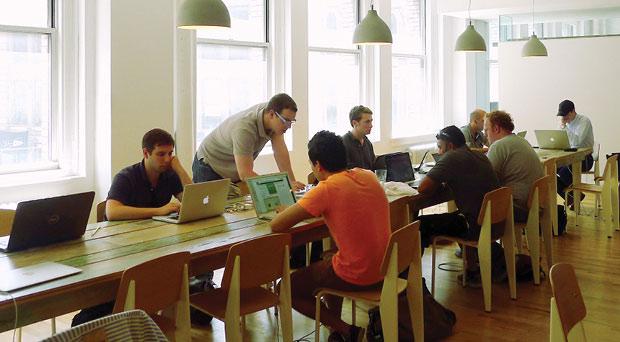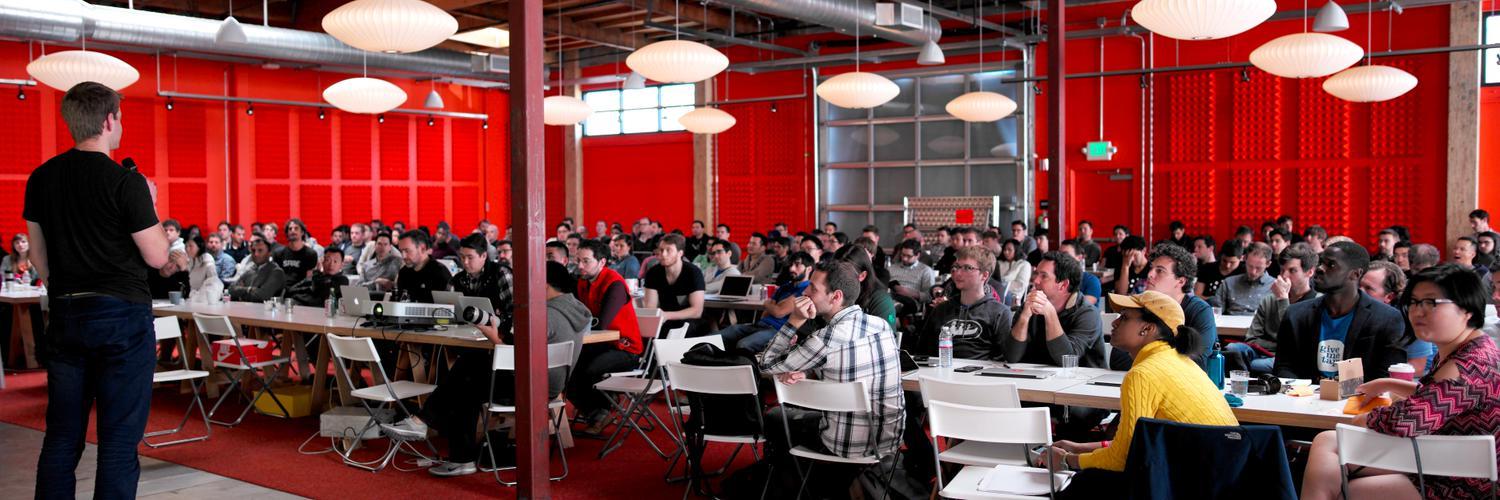When you look at the landscape of programming education companies today, there are dozens if not hundreds of options to choose from.
There are free online coding lessons, intensive bootcamps that last several weeks and cost thousands of dollars, and everything in between.
Although General Assembly got its start as a shared coworking space, it quickly moved to the forefront of these companies intent on disrupting education.
General Assembly has been intent on bridging the gap between universities and the rapidly changing demands of the market; today, they offer workshops, online classes, and fully-immersive programs for students.
Over the last five years, the founders (Brad Hargreaves, Matt Brimer, Jake Schwartz, and Adam Pritzker), have learned an impressive amount about growing a company; General Assembly sits at the intersection of education and brick-and-mortar businesses, both of which are incredibly hard to build.
Strangely, most universities do a poor job of teaching industry best practices when it comes to software development.
They maintain that they do not mold curriculum to the rapidly changing standards of the industry, but instead teach theoretical tenets like algorithms and systems programming. Whether this is more effective than self-learning, paired with programs like General Assembly, remains to be seen.
Recently, I had the opportunity to sit down with Brad Hargreaves and chat about how their company got started, how they grew it into the juggernaut that it is today, and how he thinks that “unscalable” is sometimes applied to startup ideas for the wrong reasons.
Here are some of the lessons that I came away with:
The following interview excerpts are from Unscalable: Unorthodox Startup Growth Stories.
Lesson 1: Solve problems that you encounter firsthand
Brad: "We were seeing a big disconnect with our peers who had graduated in the last ten years [with Computer Science degrees]. Many of them were very well educated and had a lot of student debt, but didn't necessarily have the skills that matched the jobs that were available in the marketplace.
All of the companies that were working out of the co-working space needed to hire a web developer, and user experience designers, and digital marketers, and product managers. And there wasn't anyone coming out of university that knew these skills in the way that these companies wanted them to.
There are some relatively minor gaps, like the gap between being a web developer and being a computer science major, but there are also some serious macro issues.
Even if you ignore the smaller issues, there's a massive deficit in the number of computer science majors coming out of college versus the number of available jobs and the demand for people who have that skill set in the market.
So we said, "There's actually going to be a huge societal need for a different kind of educational company that is lighter." We wanted something that didn't have the same fixed-cost structure that a traditional university has and therefore didn't have to charge as much money. And something that's a lot more flexible, that didn't operate on a semester system but instead had rolling admission throughout the year."
Leveraging Lesson 1:
Too often startups try to solve someone else’s problem, because the founders think it seems valuable or are convinced by outside advisors or investors.
Focusing on an issue that hits close to home not only reduces the amount of time it takes to talk to your users and make progress, it also gives you an intuition of whether or not your product is actually making a difference.
For General Assembly, they targeted a problem that they saw their friends having. Rather than trying to solve an abstract problem for users that they had nothing in common with, they chose to work on a space where they could iterate quickly, get feedback, and directly see the impact that their company had on their peers.
Lesson 2: It’s harder to move atoms than it is to move bits.
Brad: "The tough thing about running a business that involves physical space is that so many of the codes and the laws that govern physical space are so, so much stricter than things in virtual space. And you almost inevitably end up running in some kind of grey area. I can't name a single innovative brick-and-mortar start up that wasn't running in some sort of grey area for some part of their existence. Or for their entire existence. Look at Airbnb, look at Uber, look at all of these companies. It's very, very hard to do things in meatspace without being comfortable operating in a grey area."
Leveraging Lesson 2:
This hopefully doesn’t come as a surprise.
Manipulating things in the real world is a lot harder than deploying some software and then scaling the number of AWS instances. But it’s still extremely common for founders who are working on hardware companies or brick-and-mortar business to underestimate how much effort still goes into making physical products.
If you’re thinking of building a physical product, make sure that you research the entire production process, and any legal limitations.
Lesson 3: Collecting. Emails. Is. Important.
Brad: "In the very early days, we were aggressive about building our email list. We took our entire Gmail contact lists and dumped them into a MailChimp account, and we had six thousand people on our email list, just like that. We also collected emails from everyone who showed up to a meeting, which really helped accelerate the growth of the list.
We were getting thirty to fifty new emails a day in the New York area. We really scraped it together on the email side and knew from the beginning that email marketing was how we were going to sell these courses. We bet on that one channel and it worked out for us."
Leveraging Lesson 3:
You’ve heard why email is important for your site, for launching a product, and capitalizing on guest posts, so I won’t cover it in too much detail here, but email is far and away the most effective marketing channel.
If you don’t already have an email list for your company, stop reading this, install a List Builder or Welcome Mat, and go make one. Whether it’s on a landing page or a blog, you should be collecting the emails of your users.
Lesson 4: When building a community, there is a delicate balance between too much freedom and too many constraints.
Brad: "Because the teachers could experiment with what they wanted to teach, within some bounds, we were able to discover which topics sold well and which didn't. We knew where there was a lot of demand. We had one teacher who taught a programming for non-programmers workshop. We had some concerns about the class being too high level, but it sold incredibly well. The students loved it…
On the other hand, I think one of the reasons General Assembly succeeded, where other similar models failed, was that we did constrain the topics. So, if you wanted to teach broadly in the topics of online marketing, web development, design, entrepreneurship, you could teach really anything in those topic areas.
But if you wanted to come and teach cooking, or teach a foreign language, or teach a pickup artistry class, then SkillShare was probably a better fit. That's not what we do at General Assembly and I think being able to articulate that identity was incredibly important."
Leveraging Lesson 4:
Community building isn’t easy. You need to start with a small group of influencers, and convince them to invest in the community before any major growth happens. Newcomers should feel excited, the community culture should be welcoming, and relationships should form organically. Only then can your community begin to build up momentum.
Even reddit, one of the largest communities on the internet, famously had to use fake accounts to create the illusion of lots of site activity and make newcomers feel welcome.
Ryan Hoover, the founder of Product Hunt, has also written about how to build a great community.
Lesson 5: Understand the motivations of your users, especially if they’re coming from diverse backgrounds.
Brad: "A lot of what we really struggled to understand early on was what motivates someone to teach. Some people want to teach because they make money by teaching. So however many hundreds of dollars they were getting for teaching for an evening actually made it worth their time.
Other people want to teach because they love interacting with students and they really want to transfer their knowledge and they enjoy teaching.
Other people want to teach because they want to put it on their resume and point at it later.
There's nothing wrong with these, and I try not to make value judgments. We don't think, "Well, it's better to teach because you like teaching and that's the only good reason to teach." If we did believe that, we would have a lot harder time finding teachers. You have to understand why each person is teaching and be able to speak to that desire.
So if you go to a successful founder and say, "Hey, come here and teach for the evening, here's $200," they're going to be borderline insulted. If it's much more about connecting with people and transferring their knowledge, you can explain that maybe they'll meet some awesome people in the audience that could become their next generation of interns or employees. And that's a much more valuable proposition. You really have to understand what drives people, on a person by person basis, and put an offer together that is going to motivate them."
Leveraging Lesson 5:
Now that you’ve gotten your users’ emails, you need to talk to them. You need to figure out why they’re using your product, what they’re using it for, and how you can make it better for them.
In the case of General Assembly, they talked to not only the students but also the teachers, in order to create a more appealing teaching environment and attract the best mentors.
Y Combinator famously tells its companies that they should eat, sleep, exercise, and talk to their users. Most of us aren’t able to build stellar communities or products on our first try, and it’s only by getting direct feedback and incremental iteration that we can make something that people love.
Lesson 6: Scaling a services business requires a creative approach.
Brad: "So, the model of, you know, "we'll just open up, and anyone teach anything for a short period of time within some constraints," that didn't scale. You can't scale that by just making it bigger and doing it on a bigger scale. The way you scale up an education business is actually by making the value proposition for the student more transformative.
We did this by saying, "We know there's an interest in web development, we know there's an interest in design, we know there's an interest in digital marketing, so rather than offering more hour-long evening digital marketing classes, we are going to create a ten-week-long digital marketing course, and offer that in a more productized way at a higher price-point." And we wanted to speak to what a student will be able to do in their job after they've gone through that course.
I would even say the next level of scale above that is to look at user experience design or web development, and ask the question, "What would a student have to learn to get themselves a job as a web developer?" And that's really how we scaled the education model, not by taking the scrappy thing we were doing originally and doing more of it, but by actually taking the indications we were getting about the value propositions that resonated and really delivering on those value propositions."
Leveraging Lesson 6:
With a services business, it isn’t enough to hire more people and try to do more of the same, but bigger. Eventually there are breakdowns in communication.
Instead, General Assembly figured out that they needed to transform what they were selling in order for it to have more of an impact. They moved their existing hour-long courses into a model that was able to deliver more value and bring in more revenue for the company.
If you’re trying to apply this to your own company, think about what the most valuable aspects of your product are, and consider if there are alternative ways to solve this problem or add to this value. It can be a difficult exercise, because every company is going to have a unique value proposition.
Lesson 7: Don’t be afraid of solving hard problems just because you think the solutions “don’t scale”
Brad: "How do you define scalable vs unscalable? That is, what does it mean for something to scale? You can look at brick-and-mortar stores, which have to deal with half a million square feet of space, with butts in seats, and think they're unscalable. But there are massive businesses, companies like Shake Shack or Chipotle, that are running hardcore brick-and-mortar operations in meatspace. I think a lot of people throw around words like "scalable" or "unscalable" without thinking deeper about what that means…
Because otherwise "scale" is a weasel word. It's a weasel word people use to avoid having to think hard about hard problems. They end up going and building photo sharing apps because that's what sells. Rather than tackling hard, meaningful, interesting social problems like education, or real estate, or health care, because they don't "scale". And I think a lot of people have embraced the intellectual laziness of dismissing some types of innovation and some types of industries by just saying they don't scale. When in fact what they mean is that they're complicated and they're hard."
Leveraging Lesson 7:
Sometimes, Silicon Valley can be obsessed with “scale.”
The tech press can make it seem like everything is about raising larger rounds, building bigger teams, and acquiring more users. And presumably, the companies that can achieve the largest scale the fastest “win.” But Brad makes an interesting point that just because a company doesn’t fit with this existing narrative, doesn’t mean that it can’t be valuable.
He references businesses like Shake Shack and Chipotle, which would be entirely unable to get venture funding, yet are still huge corporations that move millions of dollars every year.
If you truly believe in solving a problem, figure out the best way to solve it, even if that way isn’t “scalable.” The VC-backed startup is not a one-size-fits-all model. The right approach might be a services business, or a think tank, or a nonprofit. Don’t make the mistake of avoiding meaningful problems because they don’t fit the classic startup narrative.
Unscalable features interviews with the founders of companies like GitHub, DoorDash, and Codecademy, and highlights the crazy strategies that startups use to get off the ground. It is currently available for pre-order and hits bookshelves this January.










Comments